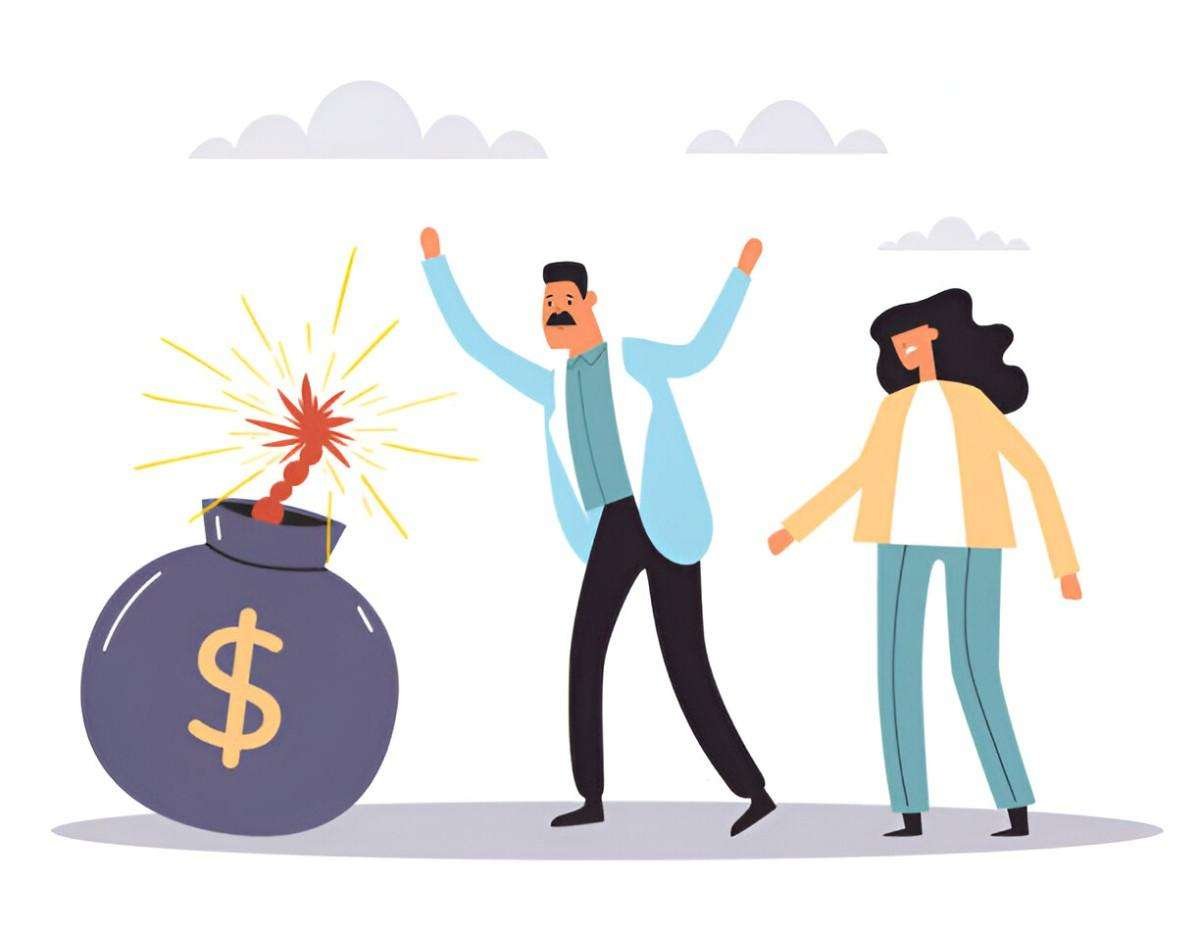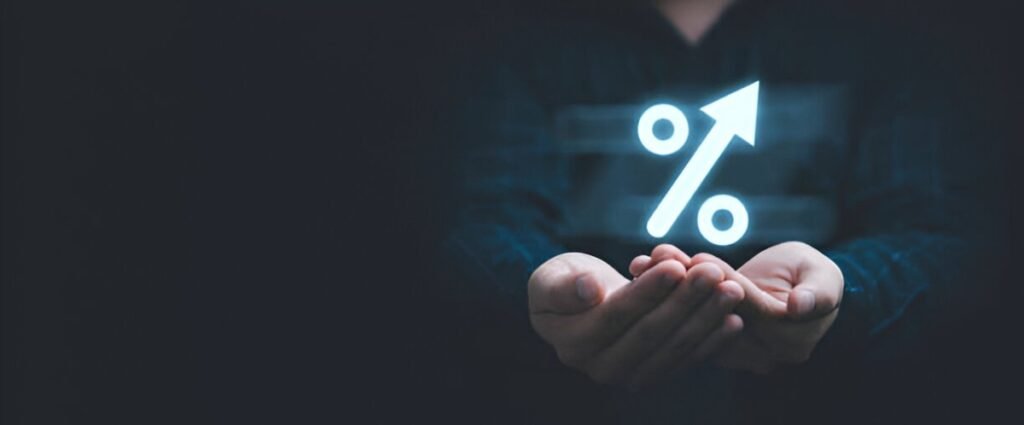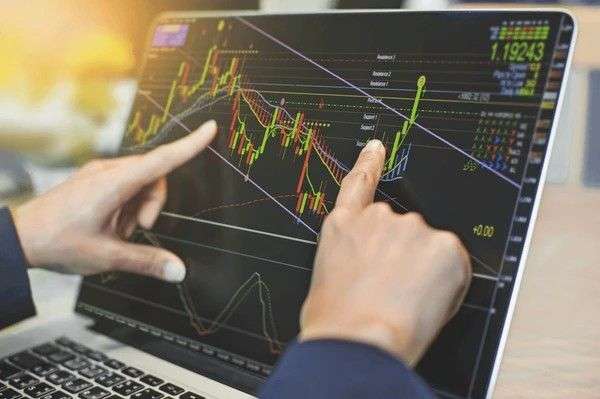As someone who has spent years observing the ebbs and flows of the stock market, I’ve come to realize that the market behaves much like a pendulum. It swings from extreme optimism to deep pessimism, and back again. This cyclical nature is not only inevitable but is also what defines the dynamics of the stock market. In this article, I’ll explain what the boom and bust cycle in the stock market is, how it unfolds, and what investors can learn from it to avoid pitfalls and capitalize on opportunities.
Table of Contents
What is the Boom and Bust Cycle?
The boom and bust cycle refers to the pattern of rapid growth (boom) followed by a sharp decline (bust) in the stock market. During a boom, stock prices soar, driven by optimism, speculation, and a sense of prosperity. Investors flock to the market, hoping to profit from the upward momentum. However, this often leads to overvaluation. Once the market reaches unsustainable heights, reality sets in, and the bust follows. This bust is characterized by widespread panic and sell-offs, causing stock prices to plummet. The cycle then starts anew.
The boom and bust cycle is an inherent part of market economies. It’s driven by various factors including investor sentiment, economic conditions, government policies, and technological innovations. However, it’s not always predictable, and understanding its triggers can help investors navigate through its highs and lows.
The Phases of the Boom and Bust Cycle
To understand this cycle more deeply, let’s break it down into phases. These phases typically follow a similar pattern:
1. The Initial Growth Phase
In this phase, economic conditions are generally favorable. There is often a sense of optimism in the air. Investors feel confident, and stock prices begin to rise steadily. A positive news cycle about corporate profits, economic growth, or technological advancements may spur investment.
Take, for example, the dot-com boom of the late 1990s. Investors were excited about the internet’s potential, and companies that were part of the tech revolution saw their stock prices soar.
2. The Speculative Phase
As stock prices continue to rise, more investors start to join the market, driven by the fear of missing out (FOMO). This leads to speculative investing, where investors buy stocks not necessarily based on fundamentals, but because they expect prices to continue rising. At this point, the market becomes overheated. Stocks are often bought on margin, or with borrowed money, which only adds to the volatility.
For instance, during the housing bubble of the mid-2000s, many investors were speculating on the real estate market. Housing prices were rapidly inflating, and investors believed they would continue to rise indefinitely. This speculation led to a bubble that eventually burst in 2008, causing a massive financial crisis.
3. The Peak
The peak represents the highest point of the market during a boom cycle. At this point, the market is characterized by excessive optimism. Investors are convinced that the good times will never end, and prices continue to rise. However, at the peak, stocks are often overvalued, and the risks are higher than ever. While some investors continue to buy in, others start to sense that the market is due for a correction.
I recall the 2007-2008 period, just before the financial crisis. The housing market was booming, and stock prices were reaching new highs. But cracks were beginning to form beneath the surface, as subprime mortgages and risky lending practices began to take hold.
4. The Bust
The bust phase is when the market crashes. It can be triggered by an event such as a financial crisis, a change in economic policy, or a market correction. The fall is often rapid and dramatic. Investors who had bought in during the speculative phase are now left holding stocks that are worth far less than they paid for them. Panic sets in, and selling becomes widespread. This leads to a sharp decline in stock prices.
The 2008 financial crisis is a perfect example. When the housing bubble burst, stock prices fell sharply. Companies in the financial sector, like Lehman Brothers, collapsed. The stock market lost trillions of dollars in value over a relatively short period.
5. The Recovery and Rebound
After the bust, the market eventually begins to recover. This phase can take months or even years, depending on the severity of the crash. During recovery, investor sentiment improves as the market begins to stabilize. Stock prices rise again, but often at a much slower pace. The cycle starts to repeat itself, with a new boom phase following the recovery.
The rebound from the 2008 financial crisis, for example, began in 2009, when the Federal Reserve and other central banks injected liquidity into the financial system. Over the next several years, stock prices gradually increased, and the market slowly regained its pre-crisis levels.
Factors That Drive the Boom and Bust Cycle
There are several key factors that contribute to the boom and bust cycle:
1. Investor Psychology
Investor psychology plays a huge role in the market cycle. During a boom, investors are optimistic, often irrationally so, leading to overconfidence. During a bust, fear takes over, causing investors to panic-sell their holdings. This creates a feedback loop where emotions drive market movements rather than fundamentals.
2. Economic Data and Events
Macroeconomic data, such as GDP growth, unemployment rates, and inflation, can influence market sentiment. Positive data may fuel a boom, while negative data may signal the onset of a bust. Major events like wars, natural disasters, or financial crises can also cause a bust.
3. Central Bank Policies
The actions of central banks, such as the Federal Reserve, can impact the market. Low interest rates and easy monetary policies can stimulate borrowing and investment, contributing to a boom. Conversely, raising interest rates can slow down economic growth and trigger a bust.
4. Speculation and Leverage
Speculative investing and the use of leverage (borrowed money) can amplify the boom and bust cycle. When investors use borrowed funds to buy stocks, they increase their potential gains during a boom, but also their potential losses during a bust.
Recognizing the Boom and Bust Cycle in Real-Time
It’s easy to look back at history and point to clear examples of boom and bust cycles. But recognizing these cycles in real-time is much harder. However, there are some warning signs that investors can look for to identify a potential bust:
1. Overvaluation
When stock prices become disconnected from company earnings and fundamentals, it’s a sign that the market may be overheating. One way to measure overvaluation is by looking at the price-to-earnings (P/E) ratio. A high P/E ratio suggests that stocks are overpriced relative to their earnings.
2. Speculative Behavior
When investors start buying stocks based on rumors or hype rather than fundamentals, it’s a sign that speculation is driving the market. This often happens in the latter stages of a boom when everyone is rushing to get in.
3. Increased Leverage
If investors are borrowing more money to invest in stocks, it increases the potential for a bust. Leverage can amplify both gains and losses, and when the market starts to fall, highly leveraged investors may be forced to sell, causing a sharper decline.
4. Uncertainty and Risk
When the market becomes too complacent and investors stop worrying about risk, it’s a sign that the bust is near. Historically, the most significant market crashes have occurred when investors have become overly confident and ignored potential risks.
Can Investors Benefit From the Boom and Bust Cycle?
While the boom and bust cycle can be intimidating, it’s possible for investors to profit from it. The key is to understand where we are in the cycle and position yourself accordingly.
1. In the Boom
During a boom, it’s important to be cautious. While it can be tempting to jump on the bandwagon and invest in rising stocks, it’s crucial to evaluate whether those stocks are overvalued. I’ve always found that keeping an eye on the fundamentals of companies and being patient often yields better results in the long run.
2. In the Bust
During a bust, stocks may become undervalued, presenting buying opportunities for long-term investors. If you have the financial stability to weather short-term volatility, a bust can be a time to accumulate quality stocks at discounted prices.
Conclusion
The boom and bust cycle is a natural part of the stock market. While it can be difficult to predict, understanding its phases and the factors that drive it can help you make better investment decisions. By staying informed, managing risk, and focusing on the long-term, you can navigate through the ups and downs of the market. The key is not to panic during the bust or get overly greedy during the boom. Instead, it’s about finding a balanced approach that aligns with your financial goals.





